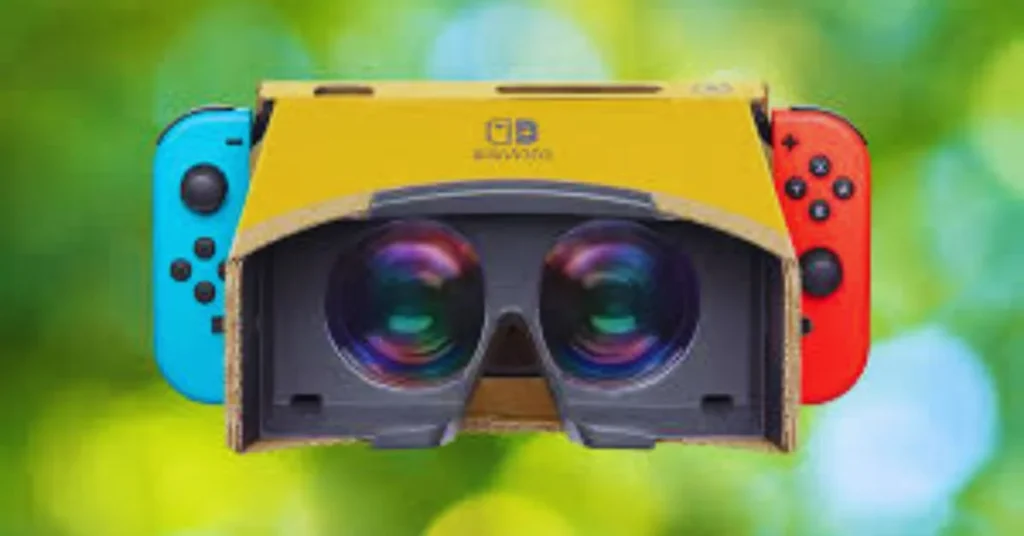Affordable VR Headsets: Experience Virtual Reality Without Breaking the Bank
Introduction
Virtual reality (VR) has revolutionized how people play games, learn, and explore digital environments. Once considered a luxury for tech enthusiasts, VR is now becoming accessible to the average consumer. Thanks to technological advancements and market competition, affordable VR headsets have made it possible for more users to enjoy immersive virtual experiences without spending a fortune.
What Makes a VR Headset Affordable?
Affordability in VR doesn’t just mean the lowest price—it’s about value for money. An affordable VR headset offers a balanced combination of performance, comfort, and essential features without unnecessary costs. Factors like display quality, motion tracking, and compatibility influence the price. While premium headsets such as the Meta Quest Pro or HTC Vive Pro 2 boast cutting-edge specs, budget-friendly options like the Meta Quest 2 or Pico 4 provide excellent experiences at a fraction of the cost.
Top Affordable VR Headsets in 2025
In 2025, several VR headsets deliver impressive performance for their price range. Here are a few top contenders:
- Meta Quest 2 – Still one of the best standalone VR headsets, offering solid graphics and easy setup at an affordable price.
- Pico 4 – Competes closely with Meta Quest 2, providing a lightweight design and excellent visual clarity.
- HP Reverb G2 – A good option for PC users who want high-resolution visuals without premium pricing.
- Sony PlayStation VR2 – Perfect for console gamers seeking quality immersion at a fair cost.
These headsets balance performance and price, making them great options for beginners and casual VR users.
Standalone vs. PC/Console-Connected VR Headsets
When shopping for affordable VR headsets, understanding the difference between standalone and connected models is crucial.
- Standalone Headsets (like Meta Quest 2 or Pico 4) don’t require a PC or console. They are self-contained, wireless, and convenient for casual use.
- PC/Console-Connected Headsets (like HP Reverb G2 or PlayStation VR2) rely on external hardware for processing power, offering better visuals and responsiveness, but at higher setup costs.
For those on a budget, standalone models provide the best balance between affordability and ease of use.
Key Features to Look for in Budget VR Headsets
When buying an affordable VR headset, it’s essential to focus on specific features that impact performance:
- Display Quality: Look for at least 1832 x 1920 resolution per eye for clear visuals.
- Tracking System: Inside-out tracking (using built-in cameras) is ideal for wireless use.
- Comfort: Lightweight headsets with adjustable straps ensure longer use without fatigue.
- Controllers: Good motion controllers improve gameplay accuracy and immersion.
Even at lower price points, modern VR headsets often include these essential features.
Also Read: Latest Wearable Technology Trends 2025
Best Affordable VR Headsets for Gaming
For gaming enthusiasts, a few affordable options stand out:
- Meta Quest 2: Its large library of VR games and wireless experience make it a top choice.
- PlayStation VR2: Offers high-quality visuals and an expanding library of PS5 VR titles.
- Pico 4: Delivers smooth performance for popular VR games while remaining budget-friendly.
These headsets are excellent for gamers who want quality VR experiences without investing in high-end systems.
Affordable VR Headsets for Education and Training
Beyond entertainment, affordable VR headsets are transforming education and skill development. Schools and institutions now use VR to simulate real-world environments—such as science labs, history tours, and medical training—without expensive equipment. The Meta Quest 2 and Pico 4 are popular in classrooms and training programs due to their portability and affordability.
Mobile VR Headsets: The Most Budget-Friendly Option
Mobile VR headsets, which work by inserting a smartphone into the headset, offer the most economical entry point into virtual reality. While they lack the power of dedicated VR devices, they still provide immersive experiences for movies, 360° videos, and light games. Popular options include the BNEXT VR Headset and DESTEK V5, which are compatible with most Android and iPhone models.
Tips for Buying an Affordable VR Headset
Here are a few useful pointers while seeking out the proper price range VR device:
Compare Specifications: Don’t rely completely on charge—take a look at resolution, refresh rate, and monitoring features.
Read Reviews: User feedback can monitor customer troubles, software program bugs, and actual international performance.
Watch for Discounts: Major income activities like Black Friday, Cyber Monday, and holiday promotions regularly carry steep discounts on VR devices.
Avoid Imitations: Extremely cheap, unbranded headsets can also lack proper tracking, comfort, and software program aid.
Taking time to research guarantees you get a great fee for your funding.
Future of Affordable VR Technology
As the VR generation continues to conform, affordability will be enhanced even further. The introduction of more effective processors, progressed optics, and aggressive pricing will make brilliant VR reachable to almost all of us. In the near future, we will be able to count on less expensive headsets with higher movement tracking, better resolutions, and longer battery life.
Affordable VR will continue to expand into industries like healthcare, real estate, and tourism—proving that digital reality isn’t always just for gamers, but for every person.
Conclusion
Affordable VR headsets have opened new doors for entertainment, learning, and creativity. From the Meta Quest 2 to the Pico 4, today’s budget-friendly options deliver immersive experiences once limited to expensive setups. As technology advances, the gap between premium and affordable VR continues to shrink—making it easier for anyone to step into the world of virtual reality without overspending.



